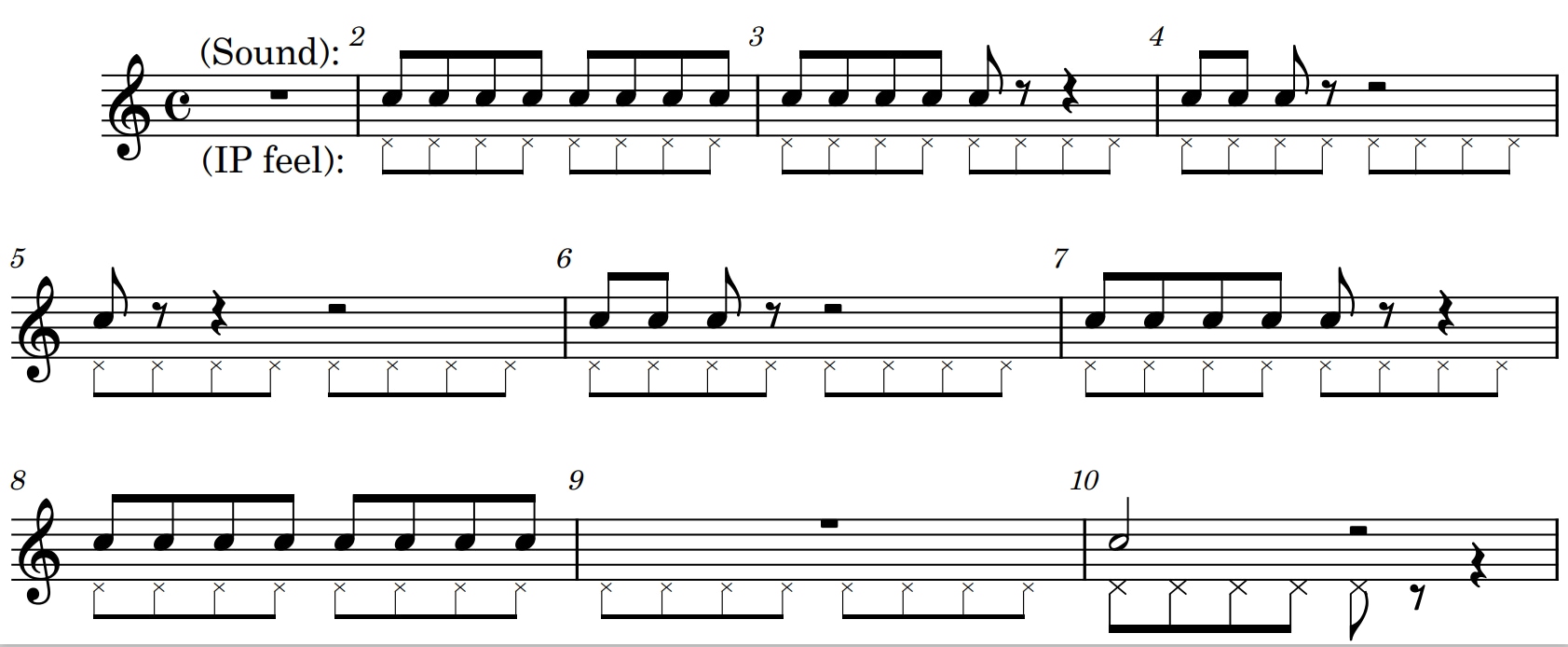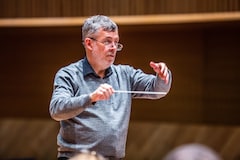More Strategies for Developing Internal Pulse in Your Ensembles

Prof. Rob McWilliams, Ph.D. - Education Outreach Clinician – Yamaha Music Australia
I believe we can all agree that a solid and unified sense of internal pulse is a basic foundational skill for developing good ensemble performance at all levels. It is crucial to raise the players’ awareness of this aspect of performance and to ensure that they take the responsibility for feeling and responding to the pulse without visual guidance (i.e. unconducted).
It is important to keep in mind, especially with less experienced musicians, that dealing with all the aspects of playing an instrument (correct hand and finger placement, embouchure, bow hold, etc.) makes for a very complex interaction of tasks. As a result, working on pulse and rhythm issues away from the instrument for some of the time can be a much quicker pathway to making improvements in this area. Verbal counting, clapping and counting, “sizzling” (saying rhythms with a “ch” sound), timed body movements, etc., can all be very beneficial strategies in developing a stronger internal audiation before transferring to playing the instrument.
This article will present some specific exercises that focus on developing your players’ awareness of pulse and playing together through guided listening. It is important to note that these exercises are intended to be performed with no conducting, so that the ensemble members are forced to rely on listening skills in order to play together.
For further information on this topic, please refer to the author’s previous article on internal pulse:
1. Quaver subdivisions
The goal of these two exercises is to raise awareness and internal feeling of quaver subdivisions while executing various combinations of sounds and rests. The crossed noteheads (marked as “IP feel”) are what the ensemble members should be feeling internally throughout the exercise. The written pitch is a guide only – the exercises can be carried out on any single pitch, or using scales, etc., as appropriate, to allow for maximum focus on the pulse aspect. The final bar of each exercise encourages players to feel all the subdivisions of a longer note, to ensure the correct release point.
Use the initial bar as a count-in, and then have students play with no conducting or visual pulse support!
Exercise 1(a)

Exercise 1(b)

2. Quavers with syncopation
The goal of this exercise is to help students feel and execute subdivisions within basic quaver syncopation.

3. “Sharing the pulse” (crotchets)
For this exercise, the ensemble should be divided into four groups. One way to do this would be to group all “soprano” range instruments as Line 1, all “alto” range as Line 2, all “tenor” range as Line 3, and all “bass” range as Line 4. The exercise can be done with all four groups playing the same note (in appropriate octaves), or you could voice a chord across the four parts. As before, in this exercise the musicians should be feeling every crotchet pulse throughout all measures and should play without any conducting guidance.

4. “Follow the pulse leader”
The goal of this exercise is to have the ensemble start out playing notes of longer duration than a single pulse (whole notes in the example here), and then a player in the group is assigned to randomly start playing the single beat subdivisions, with the goal of everyone changing to that as soon as they hear someone in the group subdividing. This works as an enhanced focused listening exercise as well! The notation below is one example of what it might sound like in practice.

Final thoughts
Ensemble directors are encouraged to expand and develop similar exercises to those above so as to provide a variety of approaches to achieving the goal of having ensemble members feel and execute accurate pulse together, through careful listening and raised awareness of ensemble rhythm. The more the players take responsibility for this aspect, the more the conductor can focus on other more expressive issues – our primary goal!
Prof. Rob McWilliams, Ph.D. - Education Outreach Clinician - Yamaha Music Australia

Prof. Rob McWilliams, Ph.D. - Education Outreach Clinician - Yamaha Music Australia
Prof. Rob McWilliams, Ph.D., has worked in instrumental music education and ensemble direction at secondary and tertiary levels in Australia and the USA for more than 30 years. He is currently the Education Outreach Clinician for Yamaha Music Australia who support his availability to deliver professional development and assist instrumental music and ensemble programs in educational institutions and the broader community.
